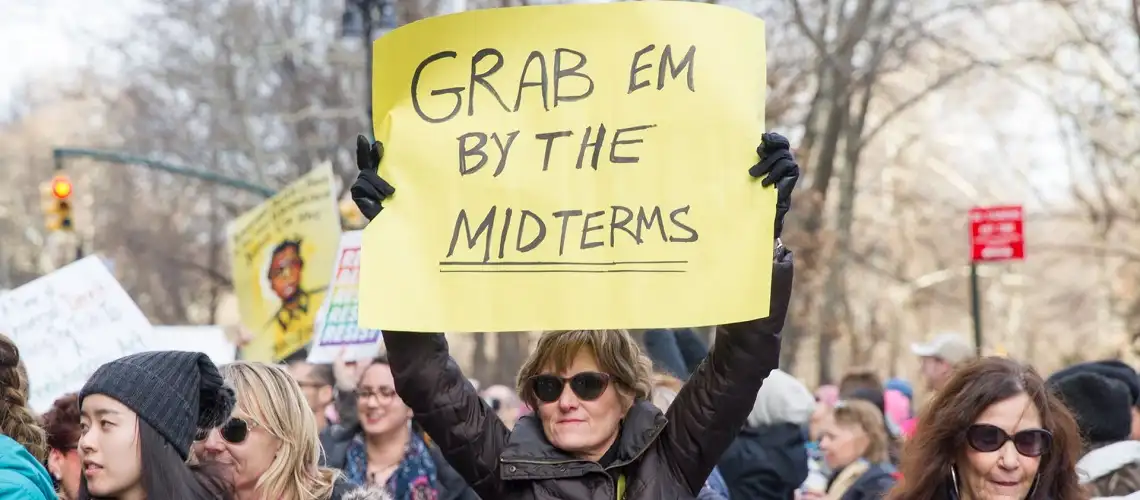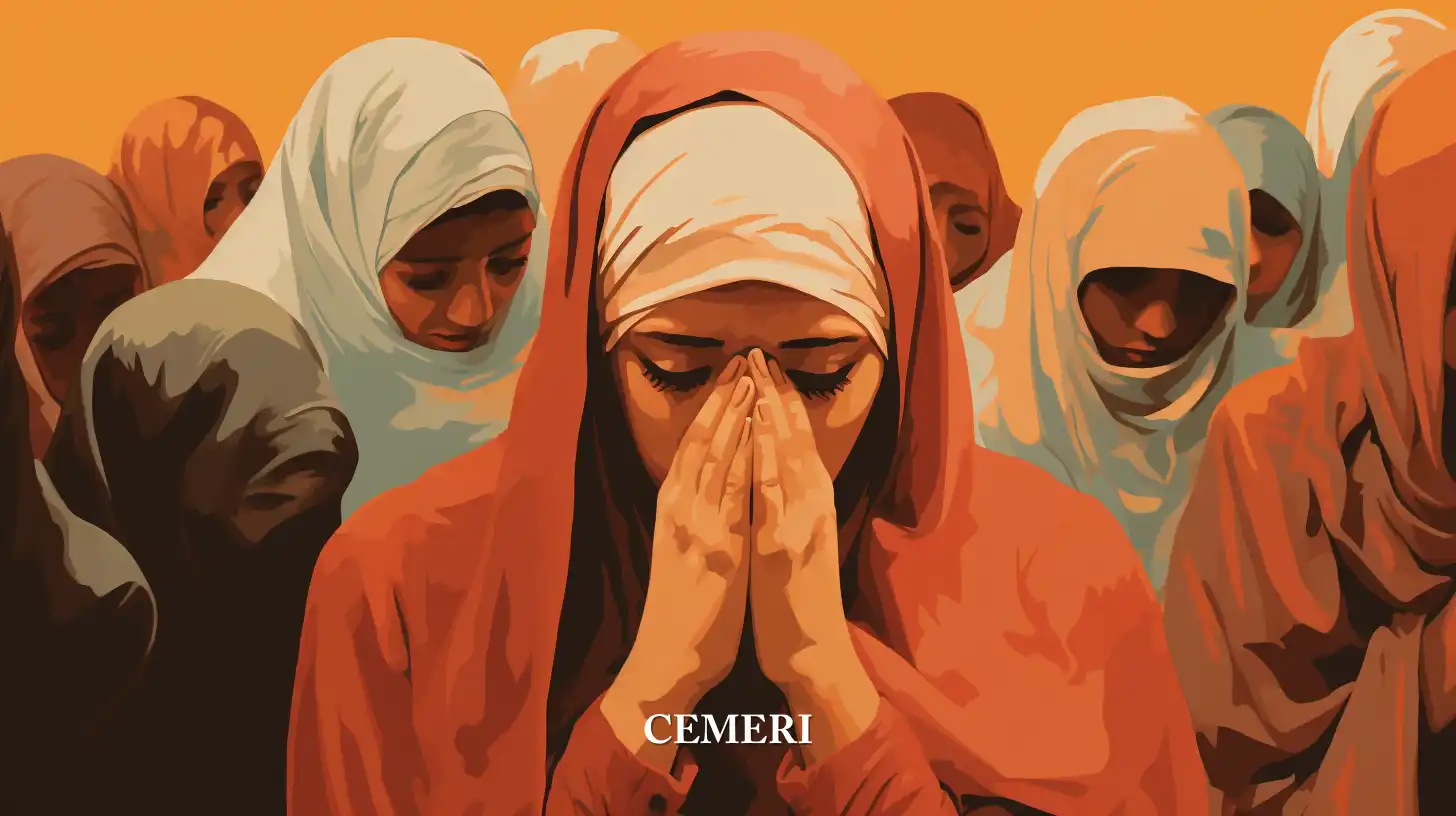Encyclopedia
Luis Salgado
What are public policies and how are they elaborated?
- Policies are intended courses of action devised in response to a perceived problem.

Unanimity cannot be found on a precise definition of public policy, which can be described as the general framework within which government actions are undertaken to achieve public objectives.
Policies are intended courses of action devised in response to a perceived problem. Public policies follow an implementation process that occurs through the creation of laws, regulatory measures, government courses of action and financing priorities; along with being enforced by a public agency. Individuals and groups attempt to shape public policy through interest group mobilization, education, and political lobbying.
Public policy provides guidance to governments on a range of actions and also provides bonds of mutual accountability between government and its citizens. The policy process includes several key aspects: a definition of the problem to be addressed, the goals that the policy is designed to achieve, and the policy instruments that are used to address the problem and achieve the policy goals. Public policy is the heart, soul and identity of governments everywhere. Sovereign citizens of a country vote for elected officials in power because of those citizens' desire to affect public policy.
Policy analysis describes research that produces accurate and useful information for decision makers. The importance of sound public policy analysis to achieve various objectives related to the growth and development of a nation and its citizens cannot be overemphasized. Conversely, without sound public policy planning, a nation languishes and cannot keep up with an ever-changing world.
Public policy studies are of paramount importance, as they help academics, politicians, political scientists and a better informed public to analyze each policy in depth, identifying its strengths and weaknesses, in order to improve the available options, formulations and its implementation. The feedback process helps a country to keep up with the other countries in the world.
Social scientists share the conviction that rational scientific methods can be used to improve the human condition. The academic study of public policy emerged as an important subfield within the discipline of political science in the 1960s. Political scientists began to shape the policymaking process.
Models are widely used in the social sciences to investigate and illuminate causal mechanisms and understand the conditions under which certain outcomes are expected to occur. Some conceptual models are used simply to clarify our thinking about politics and public policy.
These models, like maps, are representations of reality. Maps, which simply represent some aspects of reality, are partial representations of the world, in the sense that they include some features of the world but not others, and therefore have limited accuracy. The value of the map is in whether it is similar enough to the world to be useful for a specific purpose. In this sense, the map reflects the interest of the map user.
In the same way, different models can identify important aspects of policy problems and provide explanations for public policies and even predict consequences. Below is a selection of some of the models that are frequently used by policy analysts to highlight certain aspects of policy behaviour.
Institutional model and the creation of public policies
The institutional model focuses on politics as a result of the government as the highest decision-making authority. The model emphasizes constitutional provisions, court decisions, and common law obligations. Strictly speaking, a policy process does not become public policy until it is adopted, implemented, and enforced by some government institution. Government institutions are crucial because once a policy is officially adopted, the government gives that policy legitimacy by enforcing it through government institutions.
Government policies provide reciprocal legal rights and duties that must be recognized by the citizens involved. Government policies also extend universally to all members of society. Finally, governments alone have a monopoly on the legitimate use of coercive force on society and sanctions offenders.
This model focuses on how public policy decisions are made. Supporters of this model suggest that public policy is primarily a continuation of past government activities with only incremental changes. Beneficiary groups support the continuation of the status quo, and politicians generally accept the legitimacy of established programs and are inclined to continue them because the consequences of adopting and implementing completely new or different programs are not easy to predict. In short, focusing on increases, decreases, or modifications to current programs is simpler and less risky for policymakers than embarking on entirely new programs.
The model is often criticized because it does not require setting clear objectives. Play around with current programs in the hope that the goals and alternatives will become clearer over time. However, this model is defended as the way politicians make decisions. In fact, some argue that it is necessary to break the implementation of major changes into smaller steps to make the changes more acceptable. For example, an administration proposal to increase the minimum wage by a significant amount is broken into smaller increments over several years.
Group theory and public policy
This model, also called pluralism, holds that politics represents the struggle between groups to influence public policy. Public policy at any given time really represents the balance struck in group struggles. The role of the government is mainly to set the legal and regulatory rules in group fighting.
Politicians engage in haggling and negotiating with groups in an effort to form a majority coalition of groups. Political parties are considered coalitions of interest groups. The model holds that individuals and groups have overlapping memberships, which prevents one group from straying too far from moderate values and any individual interest from consistently dominating other groups.
Pluralists claim that the power of each group is checked by the power of competing groups, resulting in a policy-making market in near-perfect competition. Critics of pluralism claim that, in fact, different groups have very different resources. Some interests, such as those representing wealthy businesses or professions, are very well organized and financed, while others, such as those representing poor or immigrant groups, have fewer financial resources and are less organized, undermining any claim to group balance.
Some critics of the theory claim that the model ignores the role that public officials play in formulating public policy. Furthermore, not all interests are represented and, in other cases, some groups may monopolize influence over a policy area. This model has lost considerable support because it ignores some aspects of policy making included in other models.
The Elite Model Approach
The elite model views public policies as reflecting the preferences and values of the power elite. The theory states that society is divided between elites who have power and non-elites who do not. Every society has more "non-elites" than elites.
Democracy is often thought to be good for the poor, as the poor far outnumber the elites. Conventional wisdom suggests that democracy will lead to the choice of policies that reflect the preferences of the poor. In democratic societies, elites are concerned about the danger posed by non-elites who could unite and overwhelm them at the ballot box and redistribute wealth downward. In this sense, it is necessary to remember the words of James Madison, considered by many to be the "Father of the Constitution" of the United States, who in turn is considered the first modern democracy. Madison asserted that the new independent system of the newly formed United States of America should be so constituted as to protect the affluent minority against the majority.
Elites are united by the goals of protecting private property and limited government. They tend to have higher income, education, and status, which more than makes up for their lack of numbers relative to the non-elite. They use their money and their organization to defend the status quo. The elites shape the opinion of the masses, while the opinion of the masses has little influence on the elites. Generally, government officials tend to adopt and implement policies decided by the elite, which flow in a downward direction towards the masses.
Sources
SIN FUENTES

